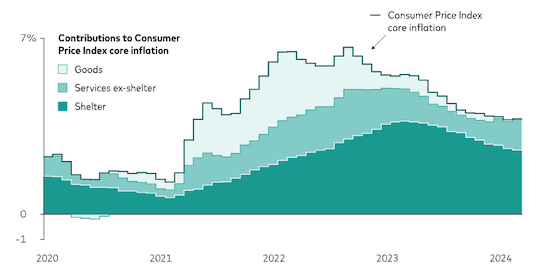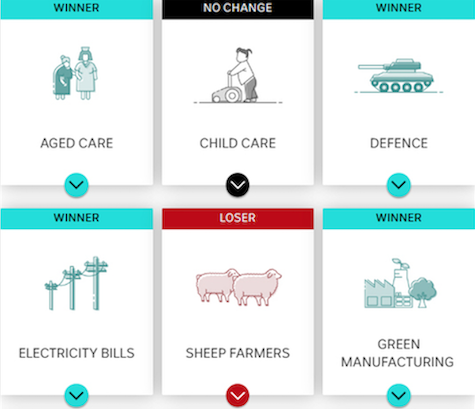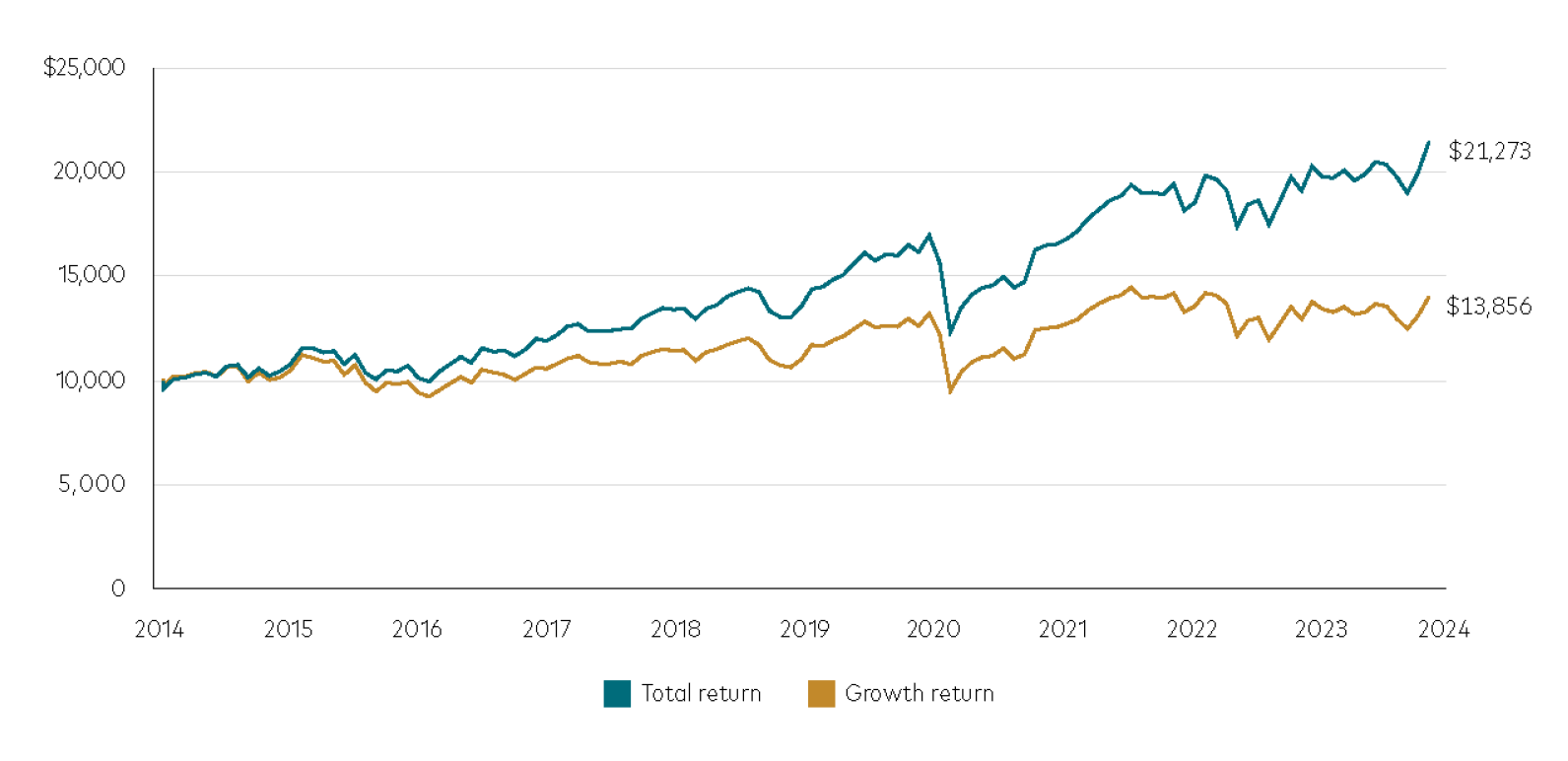Financial advice can make a massive difference in people’s lives. We know this because we see every day in our data just how much better off people are when they follow the advice. But up until now, the majority of Australians haven’t been able to afford it. As a consequence, most Aussies are unaware of what advice is and how it can help them be better off.

.
So, what does the future of personal financial advice look like? Well, for starters, we need to tackle the issue of supply and demand. Right now, there simply aren’t enough advisers to help the people who need it – and that’s pretty much every working Australian. So, along with the existing advisers, digital advice needs to be available to ensure every Aussie has access to advice whenever they need it, so they can make smart decisions about their money. In the future, advice will be ubiquitous with everyone having the tools and information they need to take control of their finances. A digital companion that understands your current situation and guides you based on what you need will become the new normal.
In this world, the advice changes as your financial circumstances also change. The only priority is for you to be better off. In the context of your current situation and your goals. It’s not looking to sell you products but rather reach your goals sooner, while ensuring you utilise the “rules of the game”, guiding you within the existing legislation.
Just like Spotify and Netflix revolutionised how we consume entertainment, technology will once again revolutionise the personal financial advice industry so that everyone can enjoy the benefits of personal financial advice, which will make every Australian better off.
But how do we land in this world where personal financial advice is available to everyone?
Well, we need technology. We need technology that works within the regulatory framework yet is still affordable to the majority of Australians. We need technology that puts people, not products, as the most important factor. We need technology that can guide everyday Australians, at any given time in their lives, on ways to pay off debt faster, save for something you love, boost your super and set you up for your future, sort out your insurance and organise your money based on your personal needs. When we all have access to personal financial advice, as a society, we will have less financial stress, less pressure on the federal government, a stronger economy which will snowball to every Australians’ financial situation getting stronger.
And who can help us get there? The most trusted institution that every working Australian has access to – superannuation funds.
In December last year, the government announced that super funds are expected to provide quality advice to their members. However, to meet the scale of Australians who require that advice, we’ll need to look at a licensed, quality digital solution that can work cohesively with human financial advisers.
There’s no doubt in my mind that super funds offering personal financial advice to members, through revolutionising technology, is the only way we can ensure Australians have access to advice at scale. Does that mean we’re on the cusp of superannuation 2.0, and if so, what does this new world look like?
This is what I think:
1. We’ll live in a world where everyone understands advice
New research from the CFS in The Empowered Australian Report 2023 showed that one in three Australians who have never received advice cannot articulate a single benefit of receiving financial advice. This isn’t a surprise. There is no doubt unadvised consumers lack knowledge of the benefits of advice and how this would positively impact their lives. How can we know the benefits of something, if we’ve never experienced it?
Flip that on its head, advised Australians understand the value of the advice they pay for. So in this new world, all Australians will see and experience the value of personal financial advice.
2. Super funds will have a better report card
In this new world, super funds meet their obligations and no doubt have a better report card when the Australian Prudential Regulation Authority (APRA) and the Australian Securities and Investments Commission (ASIC) complete their retirement income covenant (RIC) reviews.
In this world, super funds understand what members are seeking from their super fund alongside the obligations placed upon them by the RIC. The most recent Otivo superannuation report showed that nine out of 10 Australians would like their super funds to provide advice on issues that affect their ability to add to their super fund, and more than half (53 per cent) of members want their fund to offer advice, while almost eight in 10 (79 per cent) want their super fund to be more proactive in providing advice.
In this new world, super funds are meeting these needs through revolutionised technology that helps them do better by their members.
3. Superannuation funds can truly become member-first
Gone are the days when super funds serve as just a mechanism for our retirement savings. This new world of superannuation sees funds emerge as dynamic hubs of financial education and empowerment. You’ll be able to grow your super, budget and plan for your retirement.
The technology that powers this change will be created by those in financial advice, finance, government, superannuation, compliance and technology, all working together to produce quality financial advice to help all Australians be better off.
4. A changed perception of money and how we handle it
Superannuation 2.0 will see us enjoy a shift that holds the promise of transforming the way we perceive and manage our money. We’ll all get to enjoy real-time tips to help us proactively reduce our taxes and enhance our savings, while preparing for our retirement. And this won’t be available to just those who can afford it; thankfully, we’ll all be able to receive quality, comprehensive advice that is accessible. Just as it should be.
We’ll also be able to support Australians to understand the value of planning for retirement. We’ll be able to tackle data that shows 81 per cent of Australians rely solely on their employer superannuation contributions to increase their super savings. We’ll have younger Australians considering their future, so retirement is less likely to feel overwhelming and unmanageable.
5. Super funds will become proactive partners in our financial journeys
With the support of digital financial advice, super funds will be in a position to become proactive partners in our financial journeys. Imagine signing up for a super fund and being given access to bespoke financial roadmaps tailored to your unique goals and financial circumstances. Superannuation 2.0 equips us all with the tools and knowledge to make informed financial decisions.
Data will be critical to guiding and informing, and AI will become the new norm. This data will proactively identify issues before you even see them yourself. It will also help you choose an appropriate investment for your super; it will guide you on the best options when it comes to topping up your super and how long your funds may last in retirement and it will determine an appropriate type and level of cover for your needs. With that information changing as your financial circumstances also change.
6. Digital financial advice will work with humans, after all, that’s when technology works best
There is no doubt that some level of adviser interaction will always be required. Quality financial advisers, as we know them, will become specialists and will no doubt continue to offer human services to their clients, with digital advice working alongside the traditional method to support Australians at scale. In my opinion, just like we embraced online shopping and online banking, quality and comprehensive digital financial advice will integrate into our lives in the same way. It will be easier, will be guided by technology to help us, and when we need it, humans will be available to support us as required.
Paul Feeney is the chief executive officer of Otivo.
April 08
ifa.com.au





































